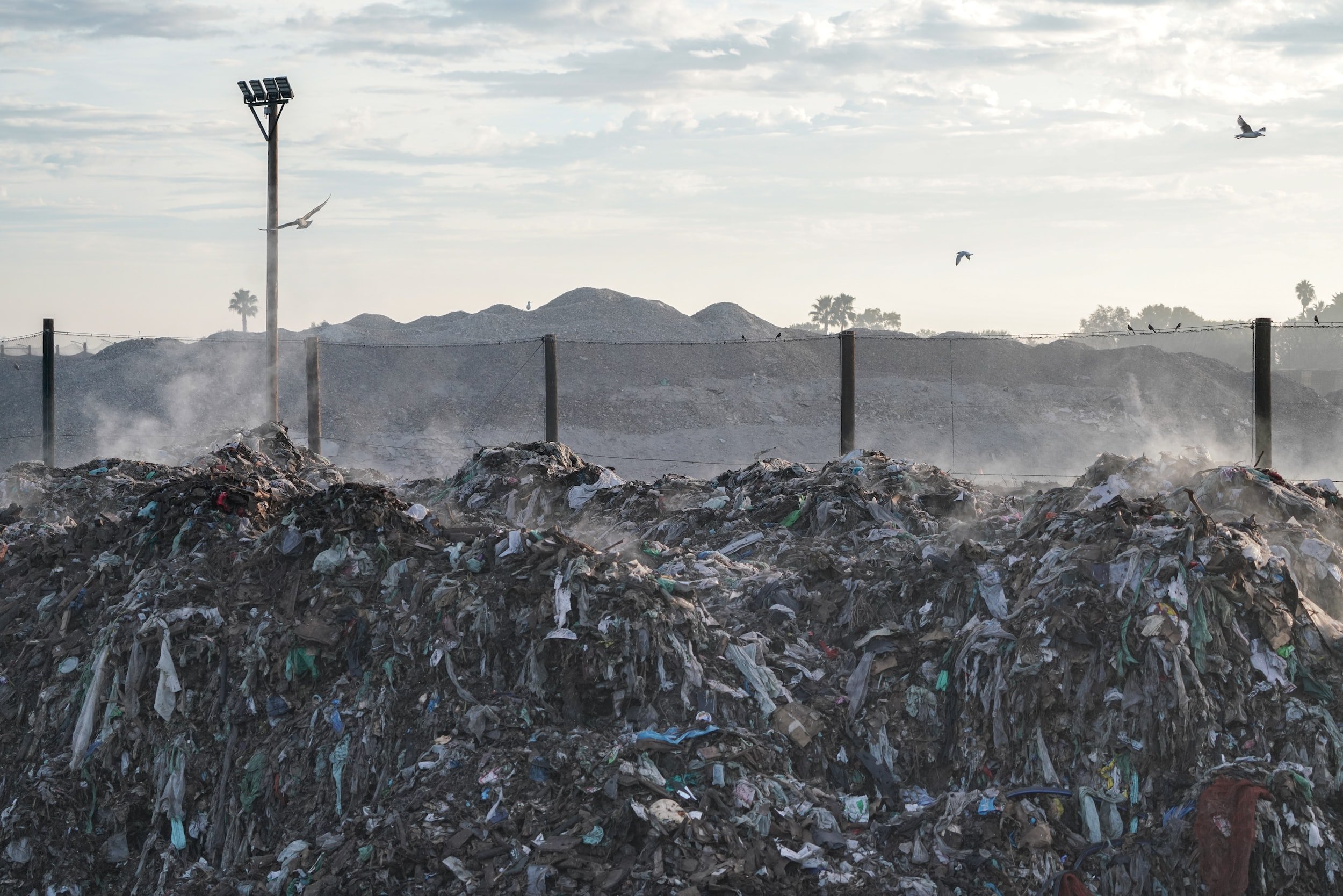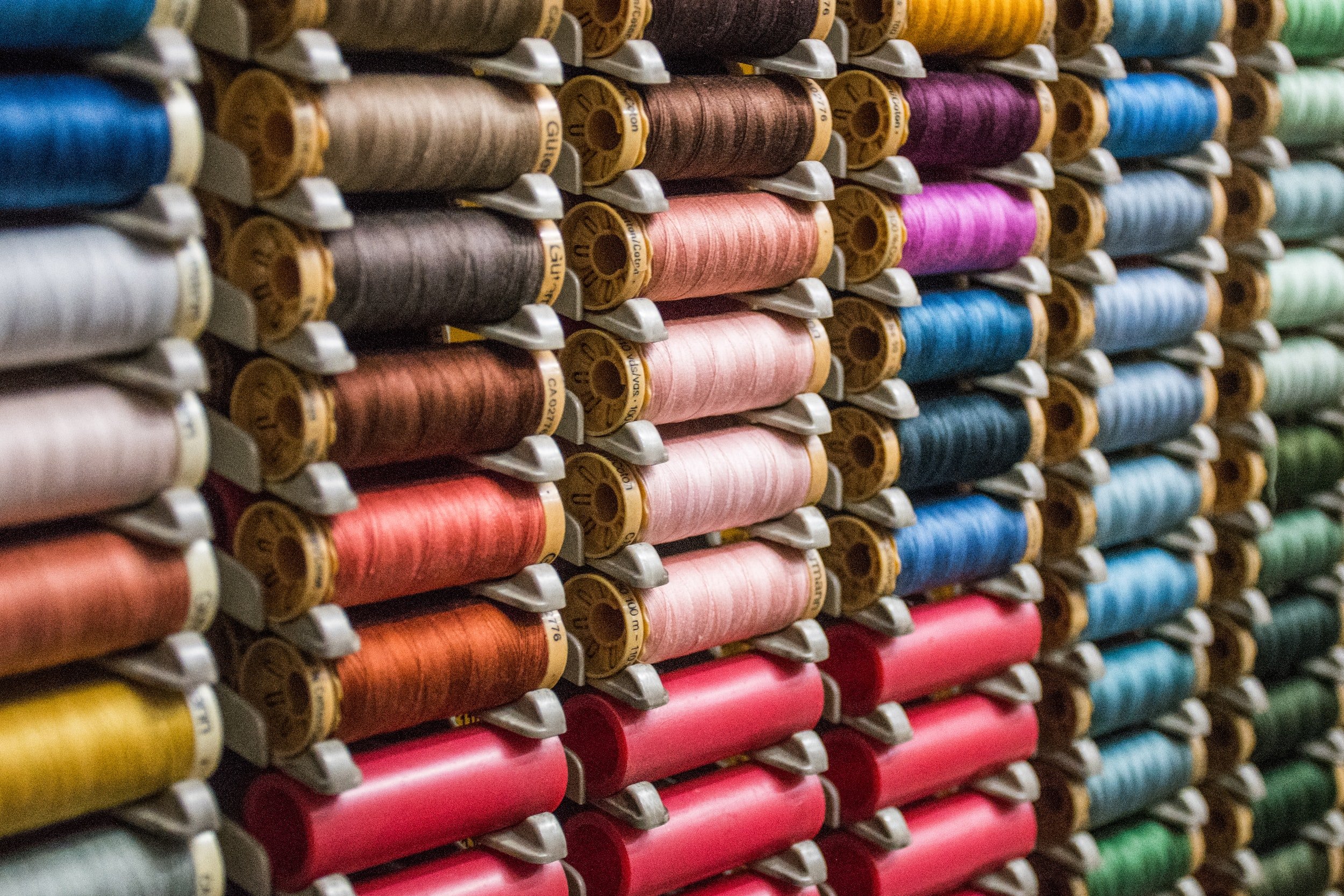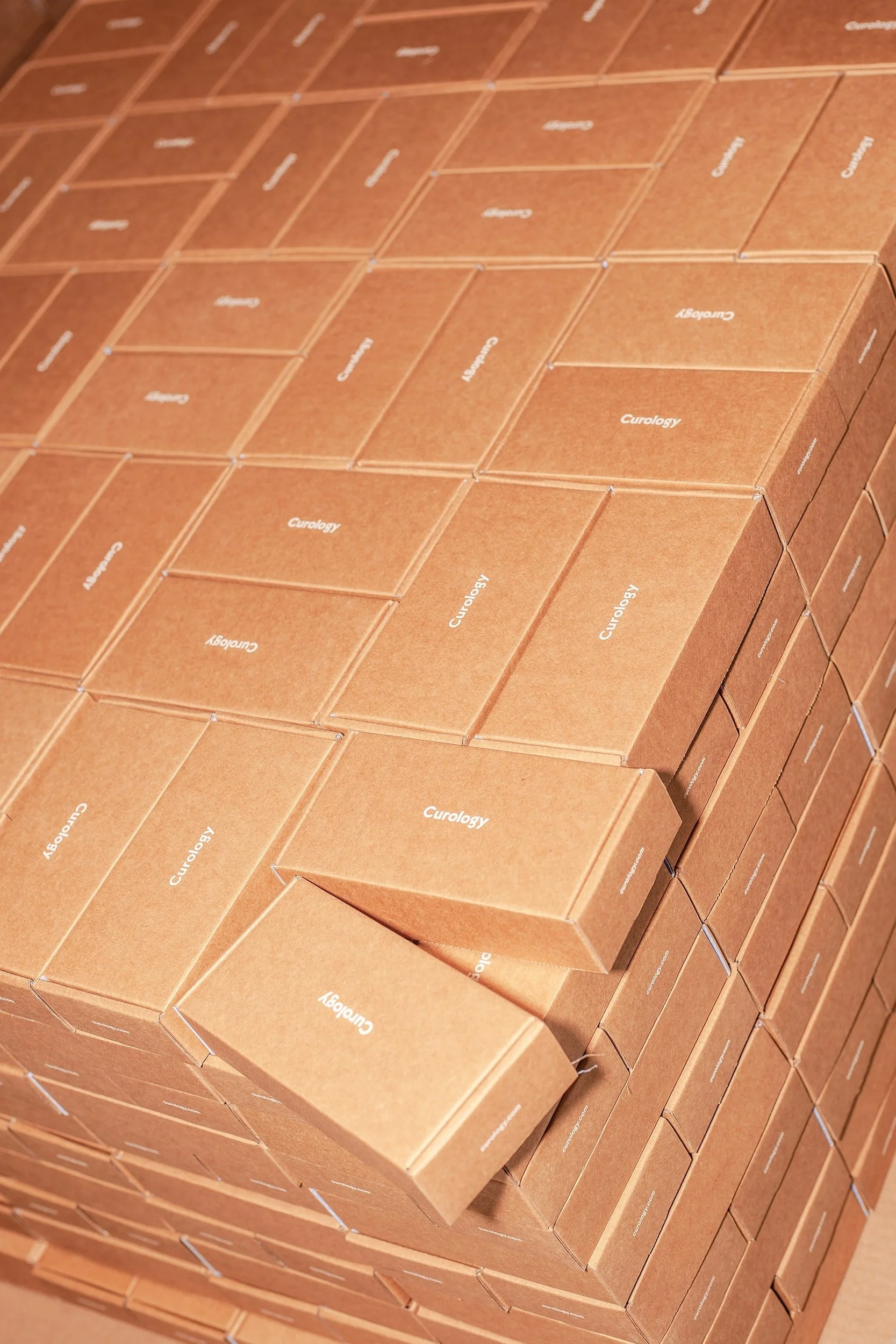Problem Card #5:
Innovation in the Fashion Industry
How do you know if the clothes you buy online are going to fit?
How can clothing manufacturers get their clothes from a warehouse to the store or your house in the best condition?
When buying clothes online, customers can pick the size and colour of the product they want. This means designers must make a purchasing system that customers can use to ensure what they order is what they need. The product ordered is then delivered through the post to your home or delivered in bulk by trucks to stores.
This Problem Card introduces the industry issue so that students can devise their own STEM-related solutions.
Explore the Problem Card below, and find teaching resources, including Curriculum Activities, customisable Unit Plans and Marking Rubrics at the bottom of the page.
KATE BROWNE - CHOICE MAGAZINE
What is a ‘normal’ Australian body?
There is no such thing as normal! It is easy to go to a store or buy online for kids because their bodies don’t have as many differing factors as an adult’s body.
There is no Australian standard for adults' clothing sizes, and designers and clothing manufacturers base their sizes on their sales history. A size 12 in one brand is not necessarily the same as a size 12 in another.
While this may suit the designers, who can manipulate sizing to give an instant "feel-good" factor or deter the "wrong" body shapes, consumers usually have to try a range of sizes to find the right fit.
The fashion industry experts that CHOICE magazine spoke with, all agreed that, in an Australian industry worth billions, sizing irregularity is a major issue.
This is not the case overseas, where massive surveys have been conducted and the data has been used to help clothing manufacturers improve fit and identify new markets. This research has led to the development of better-fitting uniforms and safety wear, reduction in waste and improved ergonomics and comfort in seating for cars and public transport.
Online Return = Real World Rubbish
Sucharita Mulpuru, a retail industry analyst, explains:
Within the online retail industry, clothes have a very high return rate. On average, 22% of clothing sales are returned!
While clothing retailers have improved significantly in the last decade, particularly focusing on fixing photography, sizing and fabric and quality control around shipments, clothing returns continue to be a significant problem.
What happens to the clothes after they are returned?
When you return clothes, the manufacturers don’t just dust them off and put them back up for sale. In far too many cases, clothes returned find their way to landfills.
Innovate
Read about some real-world industry problems in the Fashion industry to gain some context.
When you’re done reading, move on to the CREATE section for an introduction to Problems that students can solve.
You can also download a printable, PDF version of the problem card.
Who’s making the clothes on your back?
Geelong was founded on the strength of its textiles, clothing and footwear industries, with the region’s long association with the wool industry resulting in the establishment of a number of wool and textile-related industries.
Some examples of these are Australia’s best-known surfwear Rip Curl and Quicksilver and carpets from Godfrey Hirst that are now shipped and sold internationally from Geelong.
Transport Troubles
When transporting clothes by truck, they are often carried as hanging garments, while other clothing items are generally transported folded flat in boxes.
Care needs to be taken to protect the clothes from exposure to sunlight, heat and moisture.
Clothes require certain temperatures, moisture and ventilation conditions to maintain strength and colour, and avoid shrinking, brittleness and pests.
Create
This section will introduce an industry problem related to the Fashion Industry that students can choose to address with STEM-related solutions.
Innovation in the Fashion Industry:
How can we innovate the clothing industry?
Think about:
How can the process of transporting clothes change? Is there a packaging solution to clothes on hangers?
There is a lot of packaging that comes with clothes – what impact does that have?
How can online customers’ needs be better met?
Would meeting customers’ needs better reduce waste?
Additional Resources
-

Problem Card
Download a printable, PDF version of this Problem Card.
-

Fast Fashion Curriculum Activity
Explore relevant Curriculum Activities
-

Rubric
Download an editable marking rubric
-

Unit Plan
Download an editable suggested Unit Plan




